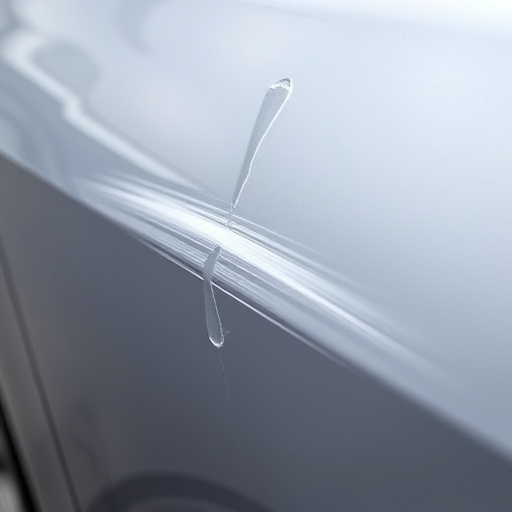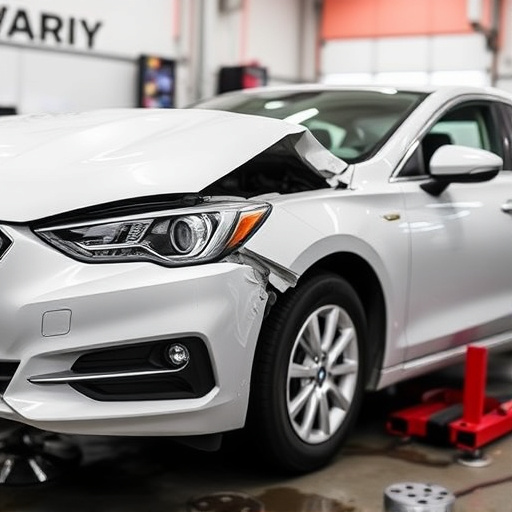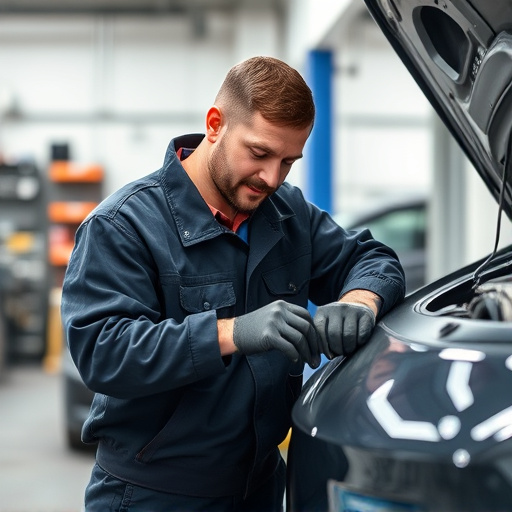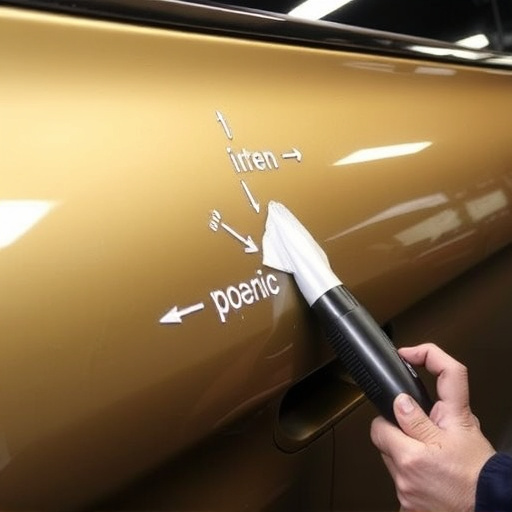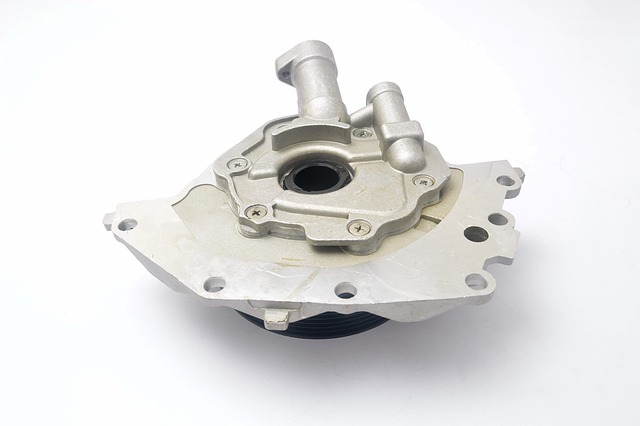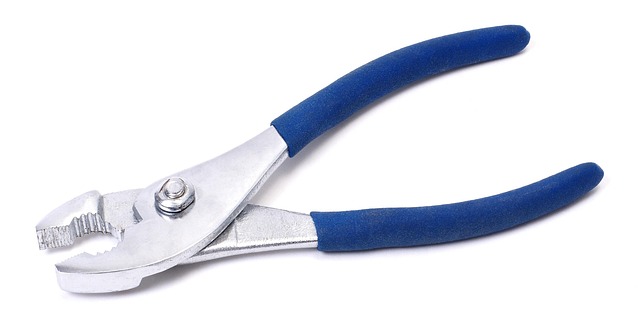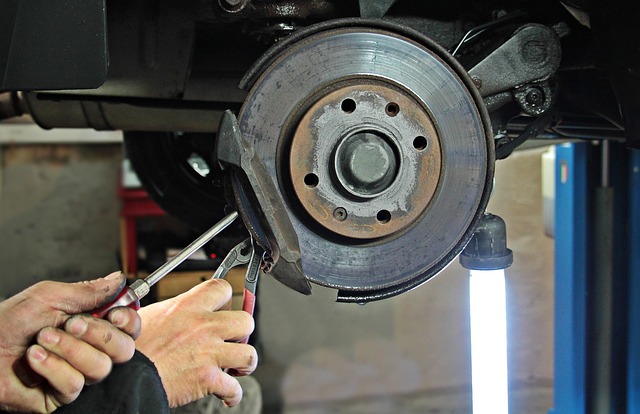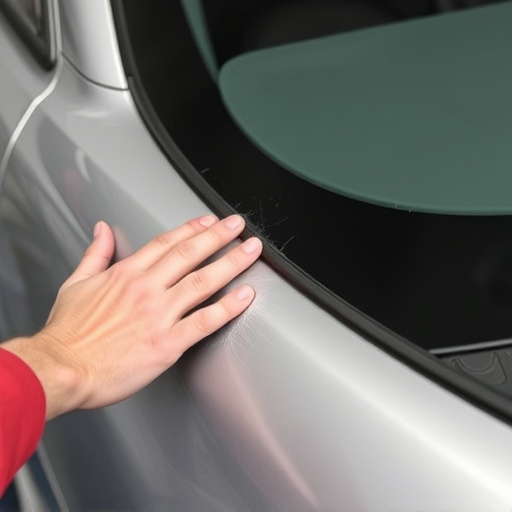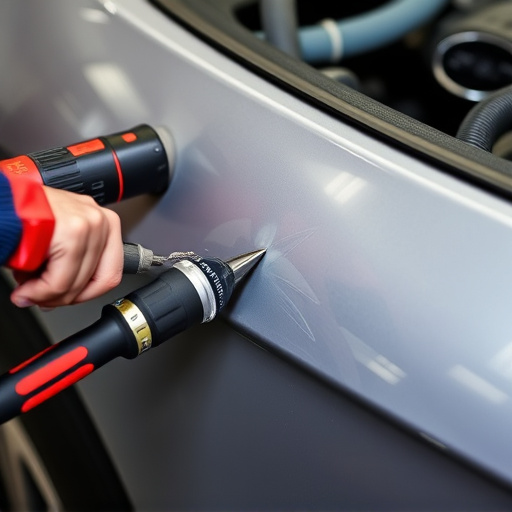In today's digital era, customers demand complete transparency from auto collision centers, including Mercedes-Benz repair shops. A transparent repair process is a key competitive advantage, fostering trust and satisfaction by providing clear communication on steps, parts, costs, and timelines. Technology integration, such as cloud-based management systems and secure customer portals, enhances this transparency, streamlining the repair process and boosting client confidence. Best practices include implementing digital platforms for seamless communication and using AI-driven tools to automate estimation and reduce turnaround times.
In today’s digital age, consumers expect transparency across all sectors, including the intricate world of repairs. A seamless and open repair process is no longer a luxury but an expectation. This article explores the critical need for transparency in the repair landscape and delves into how technology can revolutionize this space. From integrating digital tools to implementing best practices, we uncover innovative ways to enhance transparency, fostering trust between businesses and their customers.
- Understanding the Need for Transparency in Repair Processes
- Integrating Technology to Enable Transparent Workflows
- Best Practices and Future Prospects for Transparent Repair Process Using Tech
Understanding the Need for Transparency in Repair Processes

In today’s digital age, where information is readily accessible, customers expect transparency and clear communication in every aspect of their services, including auto collision centers. A transparent repair process isn’t just a matter of customer satisfaction; it’s a competitive advantage for any Mercedes-Benz repair shop or auto body restoration facility. Customers want to understand what’s happening with their vehicles, the steps involved in the repair, and the reasons behind the processes.
This need for transparency arises from the complex nature of modern vehicle repairs, especially in the case of auto body restoration. Customers appreciate when a collision center can clearly explain each phase of the repair process, including the parts used, labor costs, and estimated completion times. A transparent approach builds trust, fosters open communication, and ultimately leads to better customer retention and positive word-of-mouth recommendations for the auto collision center or Mercedes-Benz repair shop.
Integrating Technology to Enable Transparent Workflows
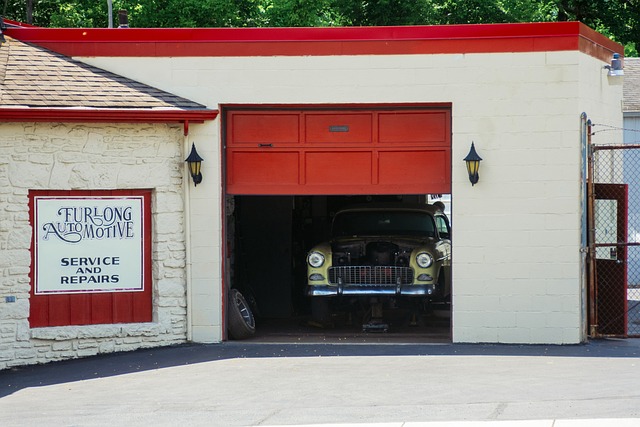
Integrating technology into the repair process is a game-changer for any auto service center, revolutionizing how they handle tire services, auto detailing, and auto body work. By adopting digital tools and platforms, workshops can create a seamless and transparent workflow that benefits both customers and staff. For instance, cloud-based management systems allow for real-time updates on vehicle status, enabling efficient communication between mechanics, parts suppliers, and clients. This ensures everyone is on the same page throughout the repair journey.
Furthermore, digital platforms offer secure customer portals where owners can access detailed estimates, track their vehicle’s progress, and even approve or request changes to the proposed repair plan. This level of transparency builds trust and enhances customer satisfaction, as folks no longer have to navigate a labyrinthine process or guess what services they’re paying for. Instead, they get a clear view of the entire transparent repair process from start to finish.
Best Practices and Future Prospects for Transparent Repair Process Using Tech

The adoption of technology is revolutionizing the automotive industry, particularly in the realm of transparent repair processes. Best practices for this approach involve implementing digital platforms that streamline communication between customers, repair centers, and insurance providers. By utilizing cloud-based systems, real-time updates on vehicle status, and secure data sharing, transparency is enhanced throughout every step of the vehicle body repair process. This ensures that clients have clear visibility into estimates, work progress, and final costs, fostering trust and satisfaction.
Looking ahead, the future prospects for technology in automotive repair and collision repair centers are promising. The integration of advanced diagnostics tools, such as AI-driven image recognition for damage assessment, can further automate and refine the repair estimation process. Additionally, augmented reality (AR) applications could offer clients a virtual preview of proposed repairs, providing an even more transparent experience. These innovations aim to simplify complex procedures, reduce turnaround times, and elevate customer expectations in the transparent repair process.
The integration of technology in repairing processes is a game-changer, fostering transparency and efficiency. By leveraging digital tools, industries can streamline workflows, enhance communication, and provide customers with real-time updates. As we move forward, embracing innovative tech solutions will be key to maintaining a competitive edge while ensuring a transparent repair process. Best practices shared here offer a promising roadmap for a more accessible and trustworthy repair ecosystem.
